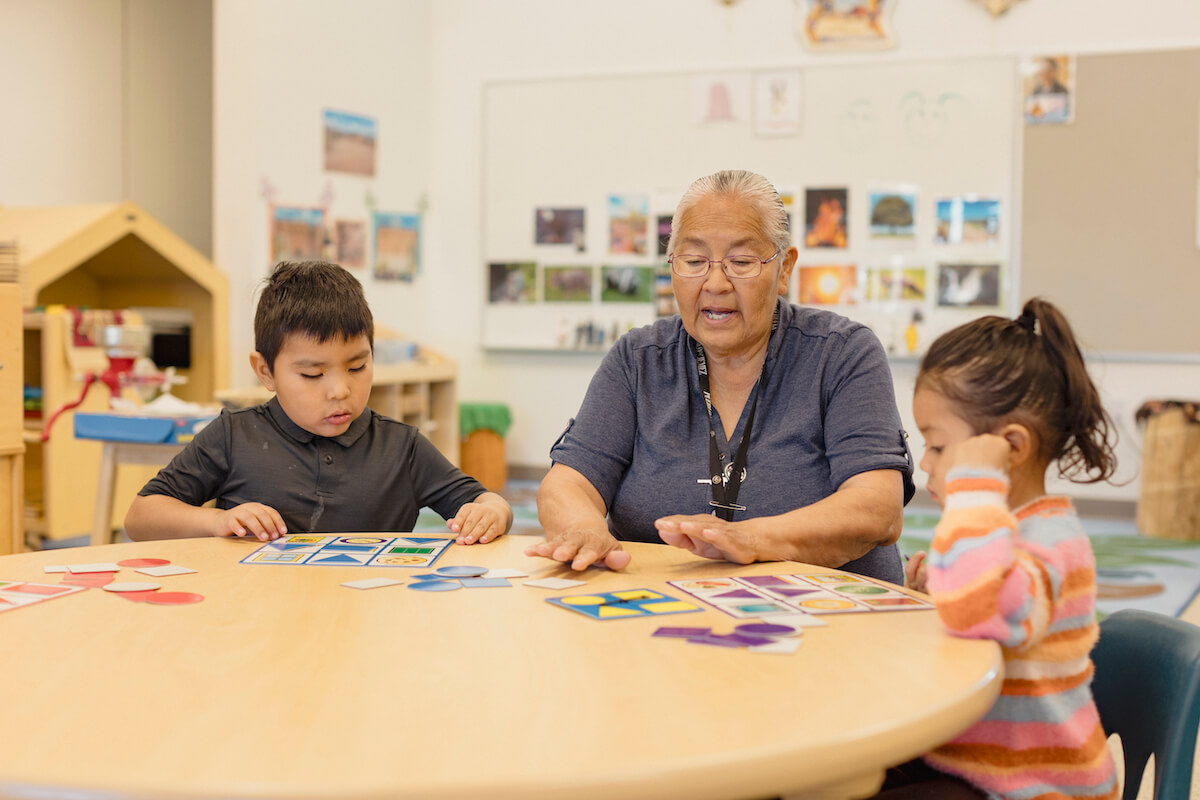Report on New Mexico’s Early Childhood Development Initiatives and Alignment with Sustainable Development Goals
Introduction: State-Level Policy Investment in Family Welfare
The state of New Mexico has enacted a policy to make child care assistance universally available to all families. This initiative represents a significant public investment aimed at supporting parenthood and fostering development during the critical early years of a child’s life. The policy’s implementation is a direct reflection of community-centric values and aligns with several key United Nations Sustainable Development Goals (SDGs).
Contribution to Sustainable Development Goals (SDGs)
The universal child care assistance program directly supports the achievement of multiple SDGs:
- SDG 1 (No Poverty) & SDG 10 (Reduced Inequalities): By making child care assistance accessible to all, the policy reduces a significant financial burden on families, helping to alleviate poverty and ensuring that children from all socioeconomic backgrounds have access to developmental opportunities.
- SDG 3 (Good Health and Well-being): The initiative supports the mental and emotional well-being of parents by reducing stress. It also ensures children are in environments conducive to healthy early childhood development.
- SDG 4 (Quality Education): The policy promotes access to early childhood care and education, which is the foundational stage for lifelong learning and development.
- SDG 5 (Gender Equality) & SDG 8 (Decent Work and Economic Growth): Accessible child care enables parents, particularly women, to participate more fully in the workforce, promoting gender equality and contributing to overall economic growth.
The Role of Community-Based Organizations in SDG Implementation
The successful execution of state-level policies relies heavily on community-based organizations. An exemplary case is “Growing Up New Mexico,” which plays a vital role in connecting policy with families on the ground. The functions of such organizations include:
- Direct Family Engagement: Meeting families where they are, both physically and emotionally, to provide tailored support.
- Program Delivery: Acting as the primary vehicle for delivering essential early childhood development programs and resources.
- Fostering Sustainable Communities (SDG 11): By strengthening family units and providing support networks, these organizations help build resilient and inclusive communities.
Analysis of Sustainable Development Goals in the Article
-
Which SDGs are addressed or connected to the issues highlighted in the article?
The article highlights issues that are directly connected to several Sustainable Development Goals (SDGs). Based on the text, the following SDGs are addressed:
- SDG 4: Quality Education: The article’s central theme is the support for “early childhood development” through child care assistance. This aligns with the goal of ensuring inclusive and equitable quality education and promoting lifelong learning opportunities for all, starting from the earliest years.
- SDG 10: Reduced Inequalities: The policy described aims to make “child care assistance available to all families.” This universal approach is a direct effort to reduce inequalities in access to essential services that support family well-being and child development, irrespective of a family’s economic status.
- SDG 1: No Poverty: By providing child care assistance, the state is taking steps to “reduce the stress of parenthood,” which often includes significant financial burdens. High child care costs can be a major barrier for families, and providing assistance is a form of social protection that can help alleviate poverty and financial hardship.
-
What specific targets under those SDGs can be identified based on the article’s content?
The article’s focus on universal child care and early childhood development points to specific targets within the identified SDGs:
- Target 4.2: “By 2030, ensure that all girls and boys have access to quality early childhood development, care and pre-primary education so that they are ready for primary education.” The article’s emphasis on supporting “early childhood development” and providing “child care assistance” directly contributes to achieving this target.
- Target 10.2: “By 2030, empower and promote the social, economic and political inclusion of all, irrespective of age, sex, disability, race, ethnicity, origin, religion or economic or other status.” The decision to make child care assistance “available to all families” is a policy aimed at promoting economic inclusion by removing a significant barrier to workforce participation for parents and ensuring all children have access to developmental opportunities.
- Target 1.3: “Implement nationally appropriate social protection systems and measures for all, including floors, and by 2030 achieve substantial coverage of the poor and the vulnerable.” The state-level child care assistance program is a clear example of a social protection system designed to support families, which aligns with this target.
-
Are there any indicators mentioned or implied in the article that can be used to measure progress towards the identified targets?
While the article does not mention official SDG indicators, it implies several ways to measure the progress and success of the described policies:
- Indicator for Target 4.2: The article focuses on the availability of child care assistance. An implied indicator is the proportion of families with young children who are enrolled in or receiving child care assistance. The success of the program described by the author, who is an “active participant… with my two small children,” suggests that participation rates are a key measure.
- Indicator for Target 10.2: The key phrase is “available to all families.” This implies an indicator related to the universality and equity of the program, such as the proportion of families accessing child care assistance across different income levels and demographics to ensure there are no disparities.
- Indicator for Target 1.3: The article discusses a broad policy of assistance. Progress could be measured by the coverage of the child care assistance program, specifically the number or percentage of eligible families in New Mexico who are benefiting from this social protection measure.
-
Create a table with three columns titled ‘SDGs, Targets and Indicators” to present the findings from analyzing the article.
SDGs Targets Indicators (Implied from the article) SDG 4: Quality Education 4.2: Ensure access to quality early childhood development, care, and pre-primary education. Proportion of families with young children receiving child care assistance. SDG 10: Reduced Inequalities 10.2: Promote the social and economic inclusion of all. Universality of program coverage, ensuring assistance is “available to all families” across different demographics. SDG 1: No Poverty 1.3: Implement nationally appropriate social protection systems for all. Number or percentage of families in New Mexico covered by the child care assistance social protection policy.
Source: santafenewmexican.com







